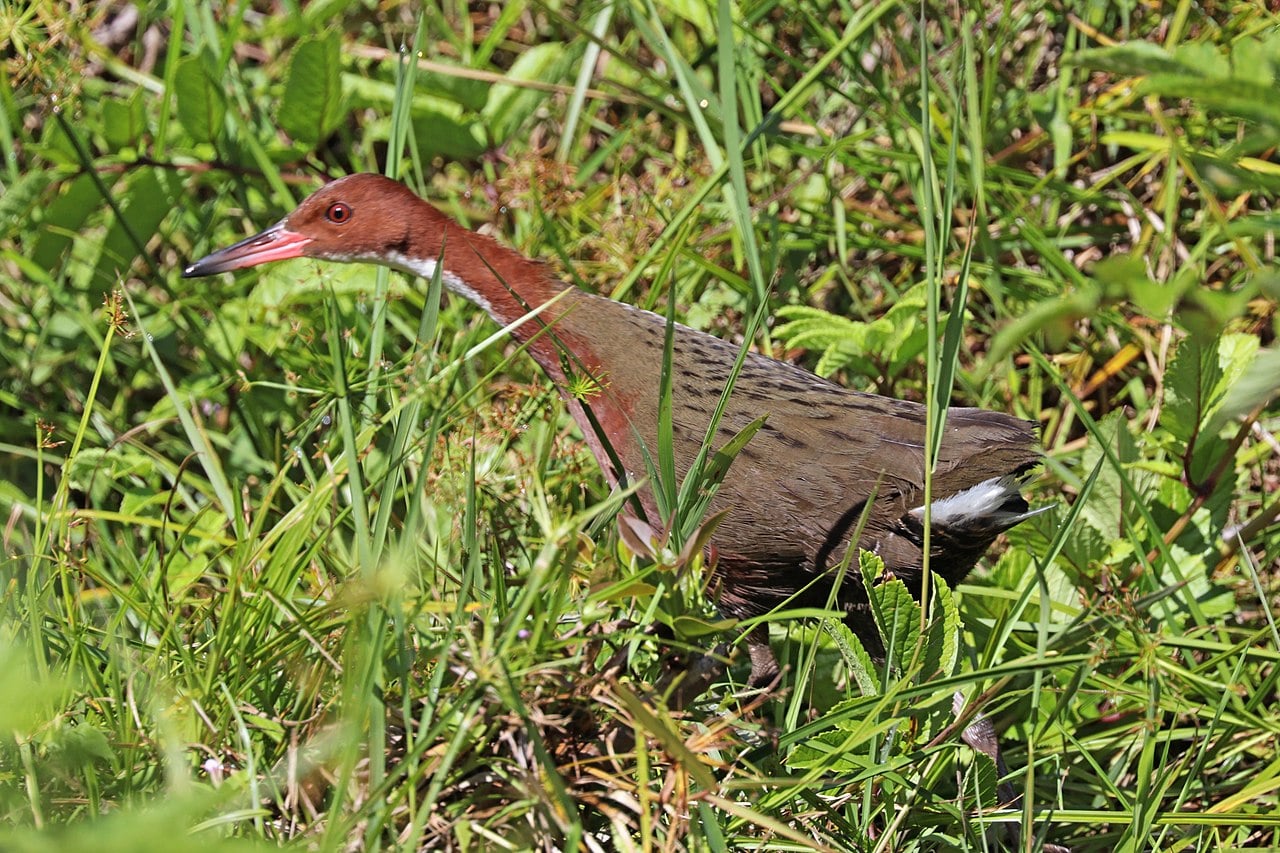A new study reveals how powerful the process of evolution is. There is a bird species, a type of rail, considered to be one of the last species which can’t fly, that has managed to evolve twice. The research found that the bird in the Indian Ocean went through a process called “iterative evolution” which brought the extinct bird ‘back to life.’
Researchers from the University of Portsmouth and Natural History Museum discovered that an extinct bird lived on an island on two occasions, which are separated by tens of thousands of years. The bird population spread across the isolated island called Aldabra, and in the evolution became a flightless bird both times. These flightless rails can still be found living on the island.
Iterative evolution is a process where a repeated evolution occurs, or evolution of similar structures from the same ancestors at different times occurs. However, this is the first time scientists found that evolution brought an extinct bird ‘back to life.’
The bird measures about the size of a chicken, which is indigenous to Madagascar in the south-western part of the Indian Ocean. These birds, when there are too many in one location, fly off to different locations. In these new places, if its natural predators were absent, the rails would evolve, continuing their lives on the islands but losing the ability to fly, similar to the Dodo of Mauritius. Some rails landed on the isolated island of Aldabra. Aldabra, however, vanished from the surface when the sea covered it following an inundation event that took place some 136,000 years ago. After the inundation event, the rails again arrived on Aldabra, and again lost the ability to fly.
The scientists analyzed fossils that were over 136,000 years old as well as from 100,000 years ago. Researchers then compared the bones of the fossilized rail that was from before the inundation event to the bones of the rail after the inundation event, and found the advanced state of flightlessness as well as a feature in the ankle bones that hints at the evolution of the flightessness. Comparing these fossils with the birds on the island now which can’t fly, they found that the specimens are very similar, meaning that the same species evolved on the island a second time.
“These unique fossils provide irrefutable evidence that a member of the rail family colonised the atoll, most likely from Madagascar, and became flightless independently on each occasion,” lead researcher Dr Julian Hume, avian paleontologist and Research Associate at the Natural History Museum, said in a statement. “Fossil evidence presented here is unique for rails, and epitomises the ability of these birds to successfully colonise isolated islands and evolve flightlessness on multiple occasions.”
“We know of no other example in rails, or of birds in general, that demonstrates this phenomenon so evidently,” co-author Professor David Martill, from the School of Earth and Environmental Sciences at the University of Portsmouth, said. “Only on Aldabra, which has the oldest palaeontological record of any oceanic island within the Indian Ocean region, is fossil evidence available that demonstrates the effects of changing sea levels on extinction and recolonisation events.
The findings about the evolution bringing the extinct bird ‘back to life’ were published in the Zoological Journal.





